-
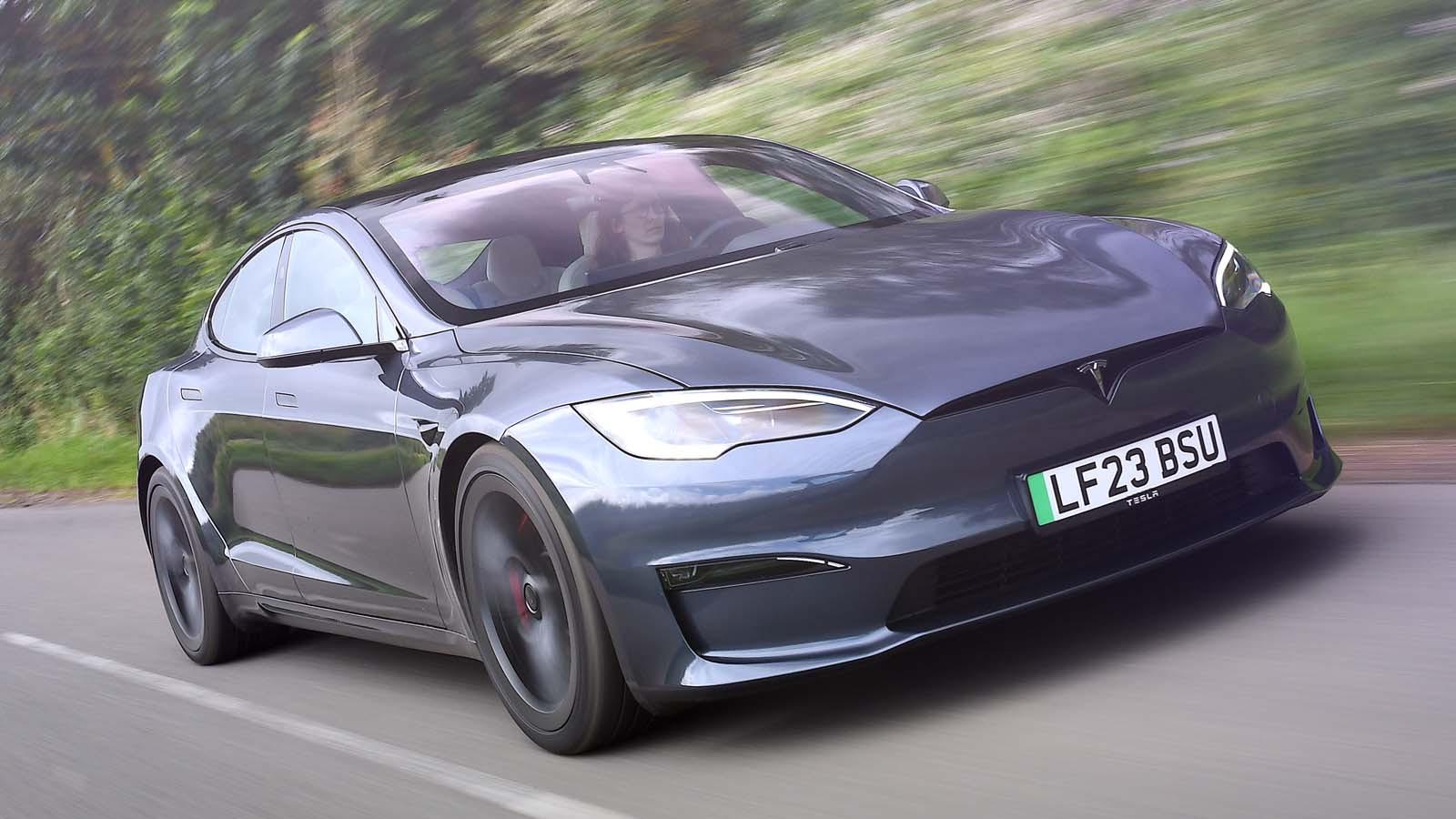 © Haymarket Media
© Haymarket Media -
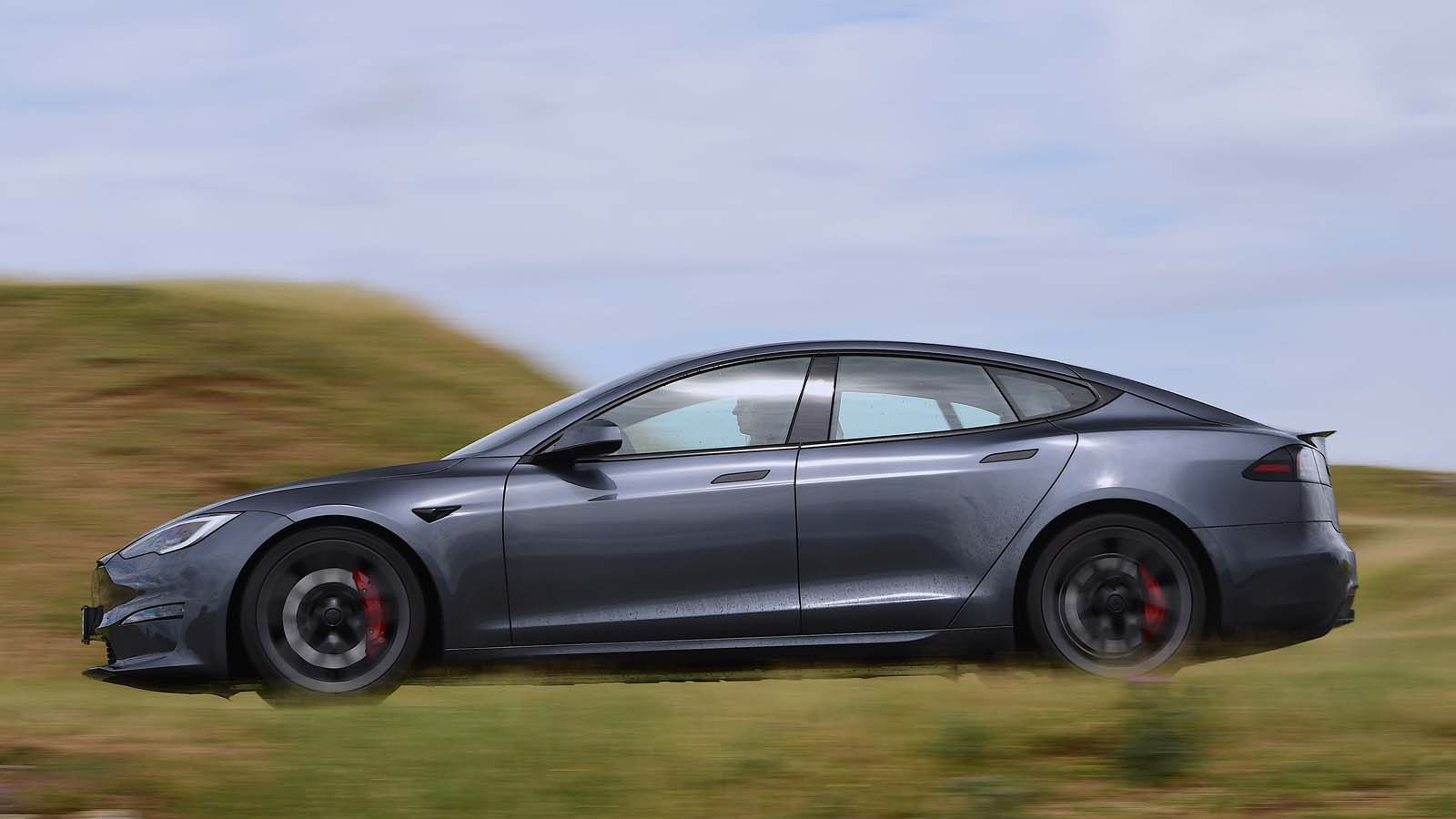 © Haymarket Media
© Haymarket Media -
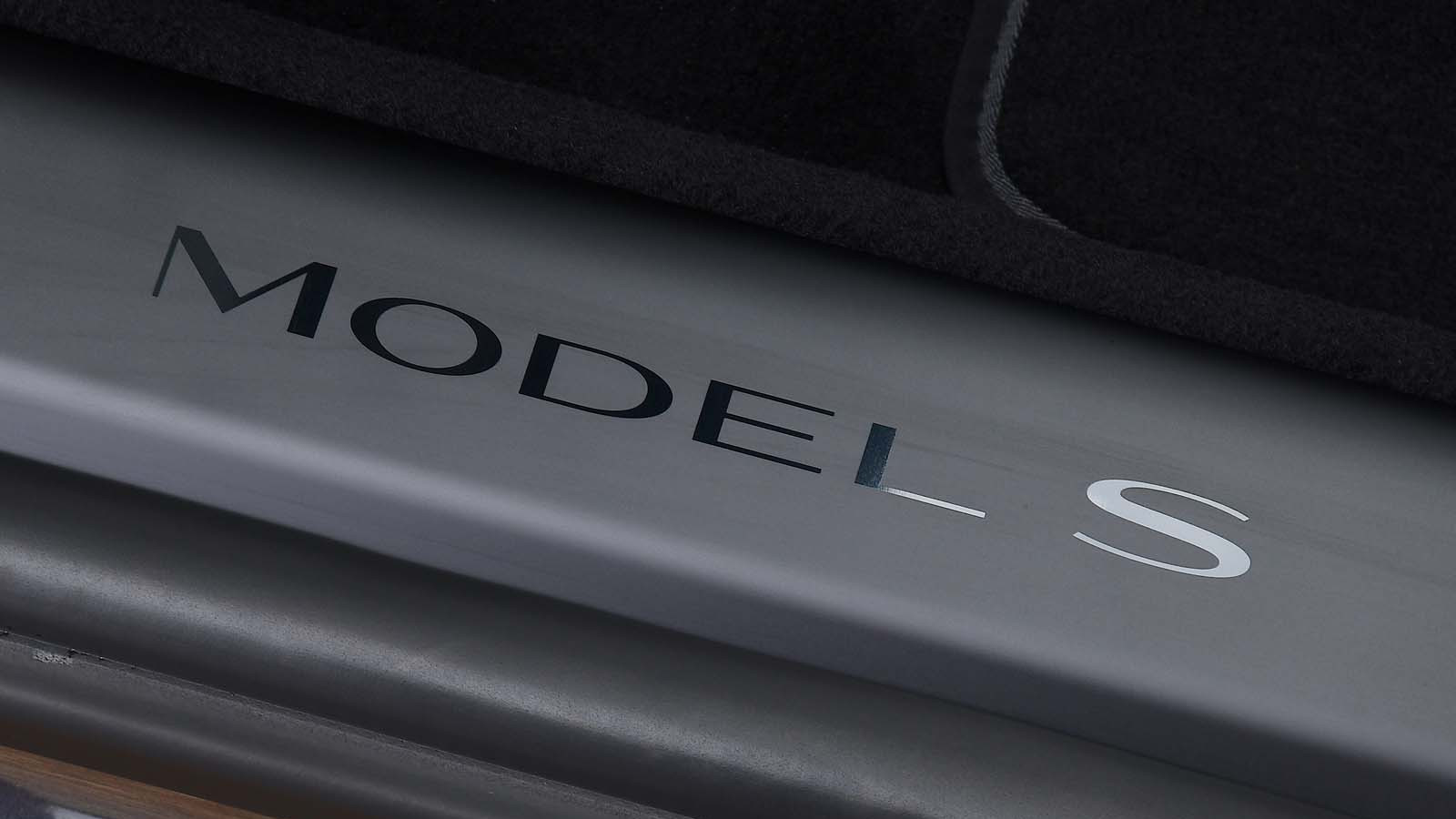 © Haymarket Media
© Haymarket Media -
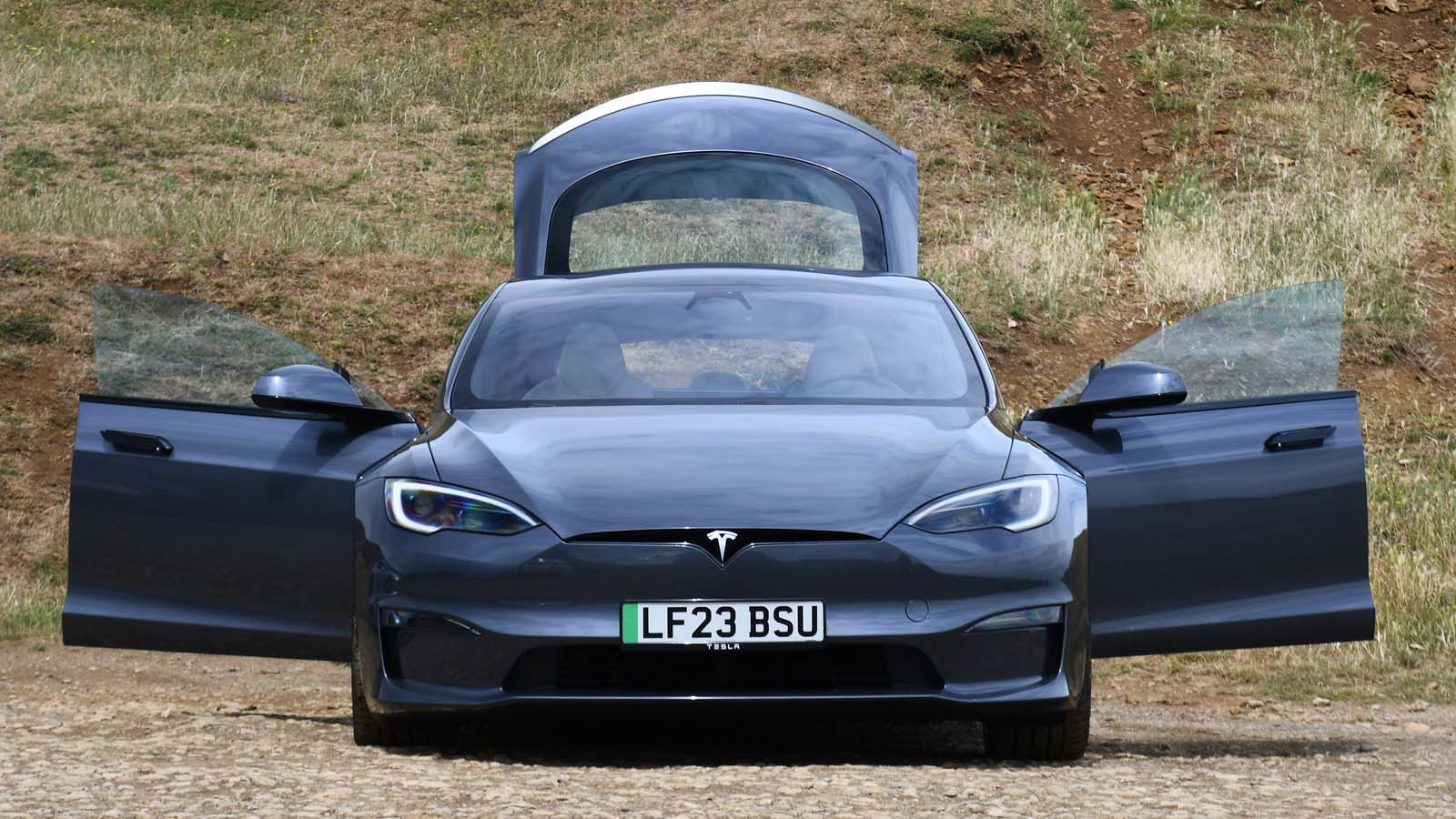 © Haymarket Media
© Haymarket Media -
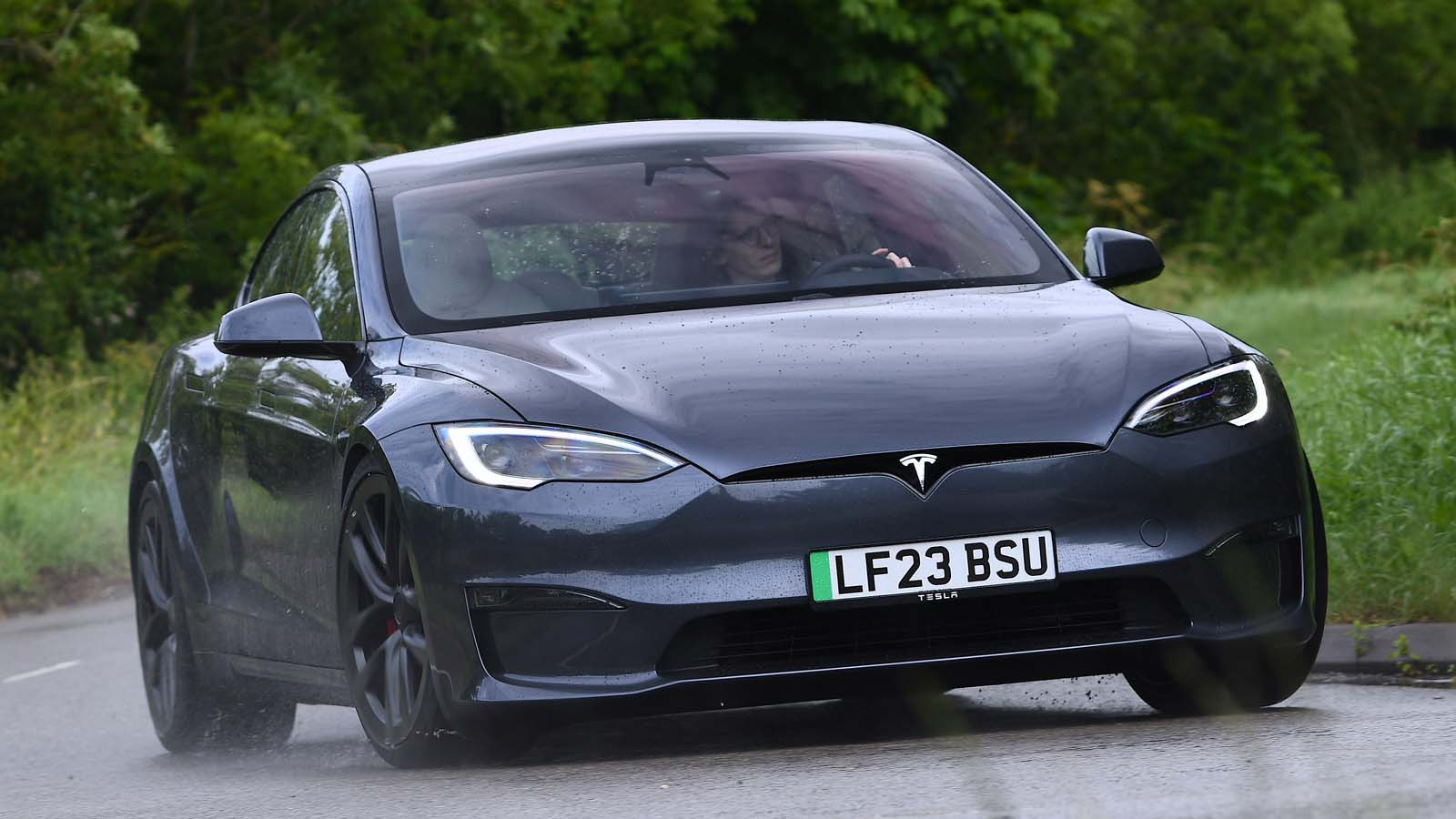 © Haymarket Media
© Haymarket Media -
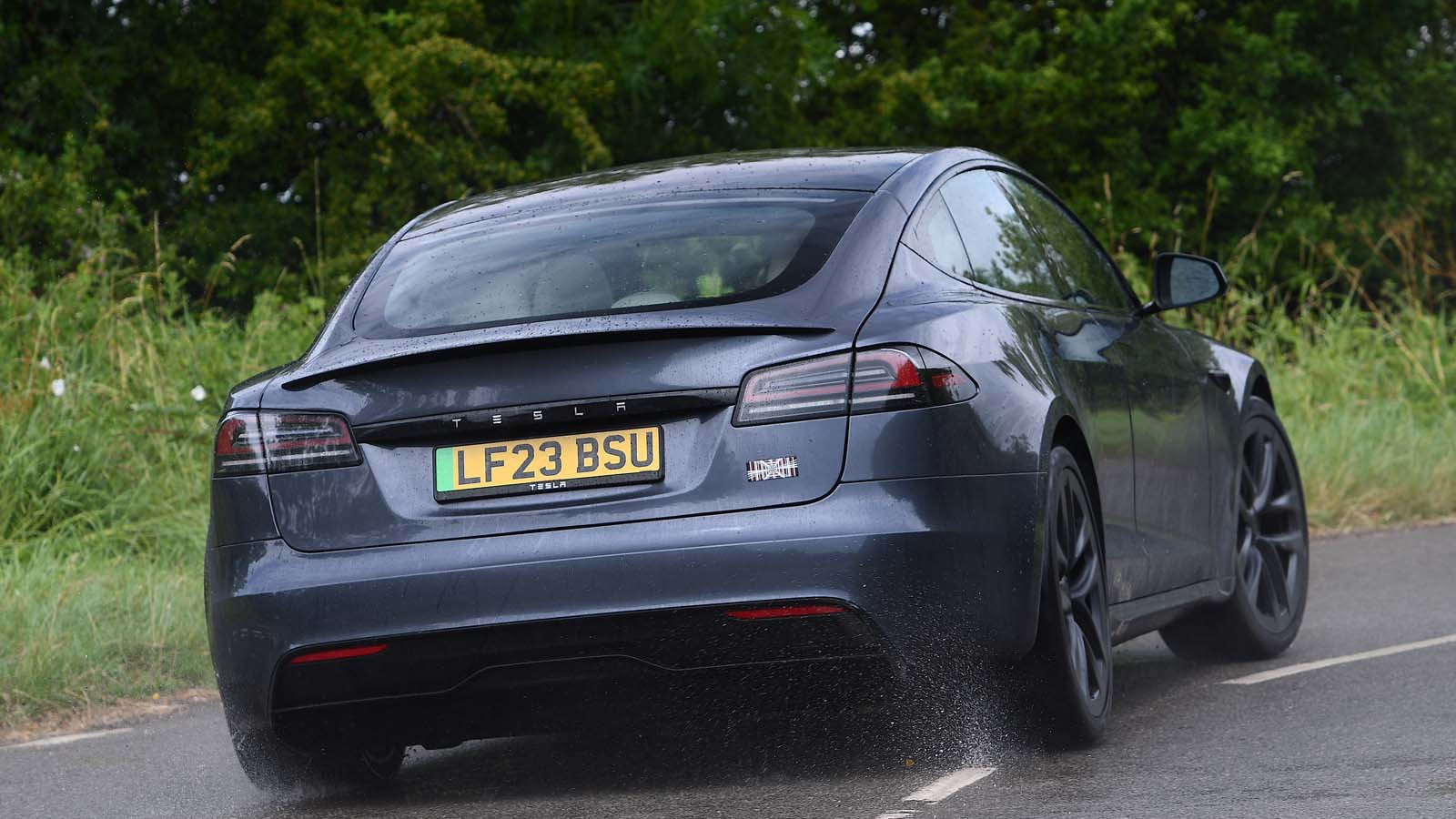 © Haymarket Media
© Haymarket Media -
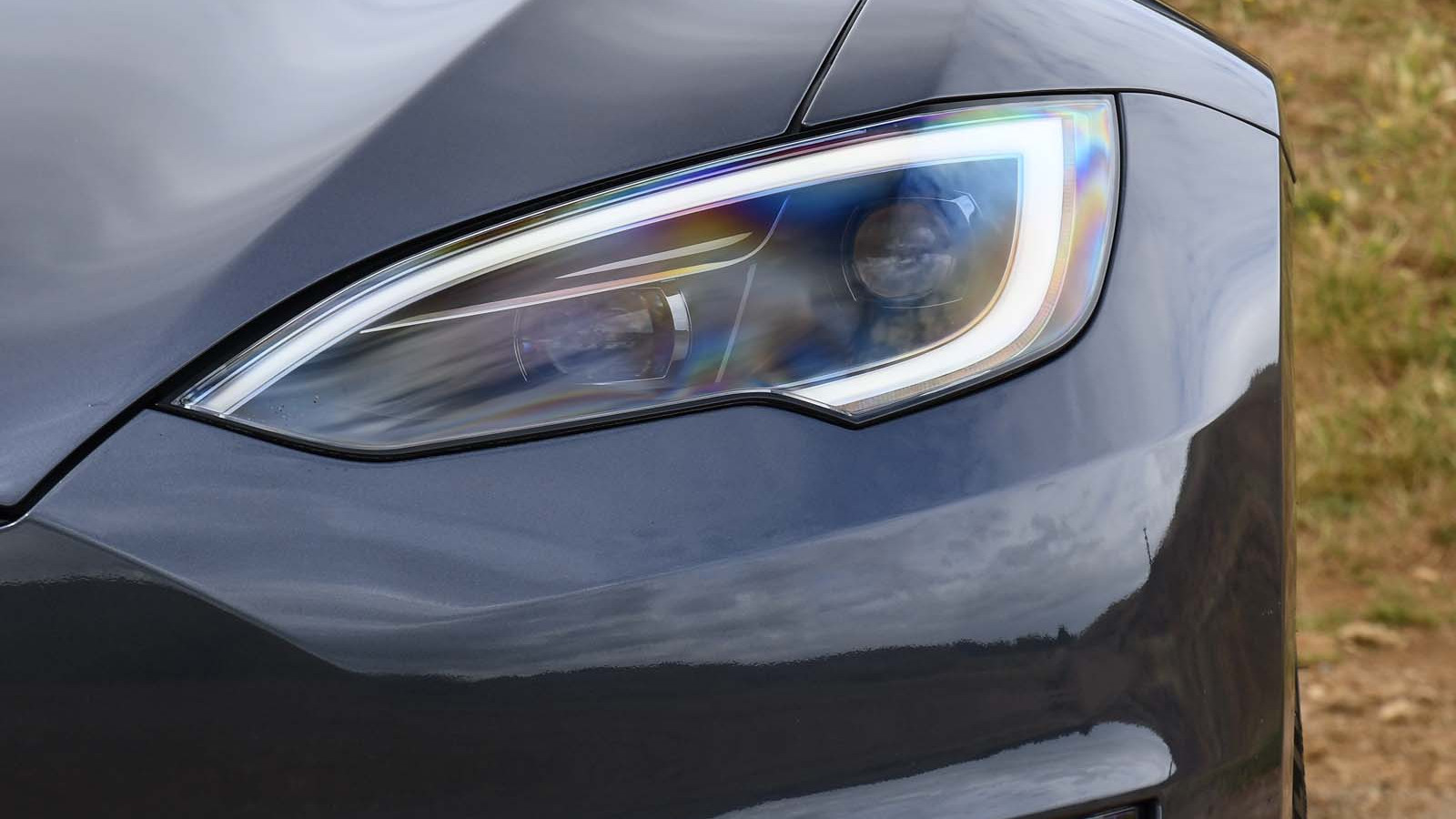 © Haymarket Media
© Haymarket Media -
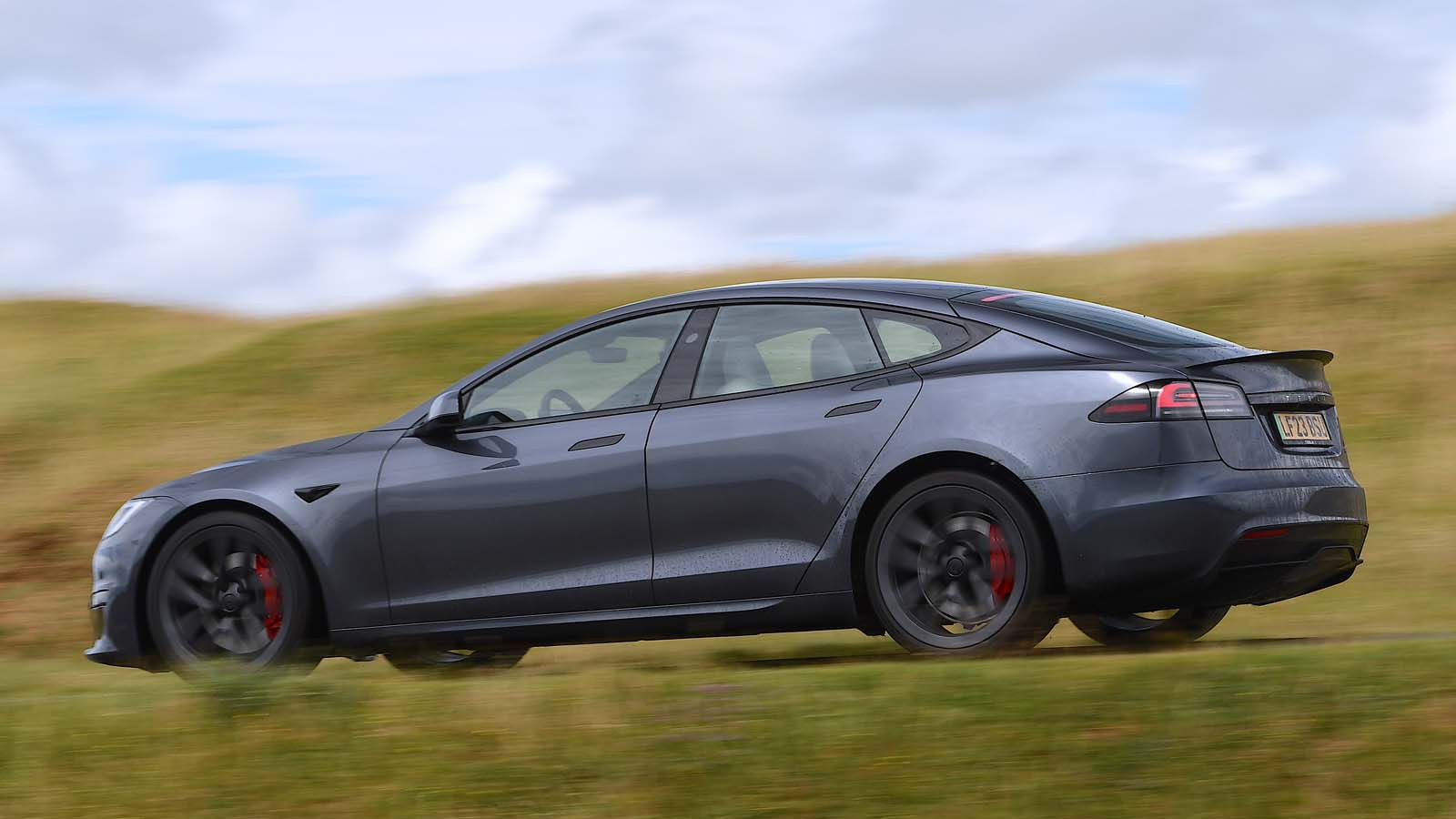 © Haymarket Media
© Haymarket Media -
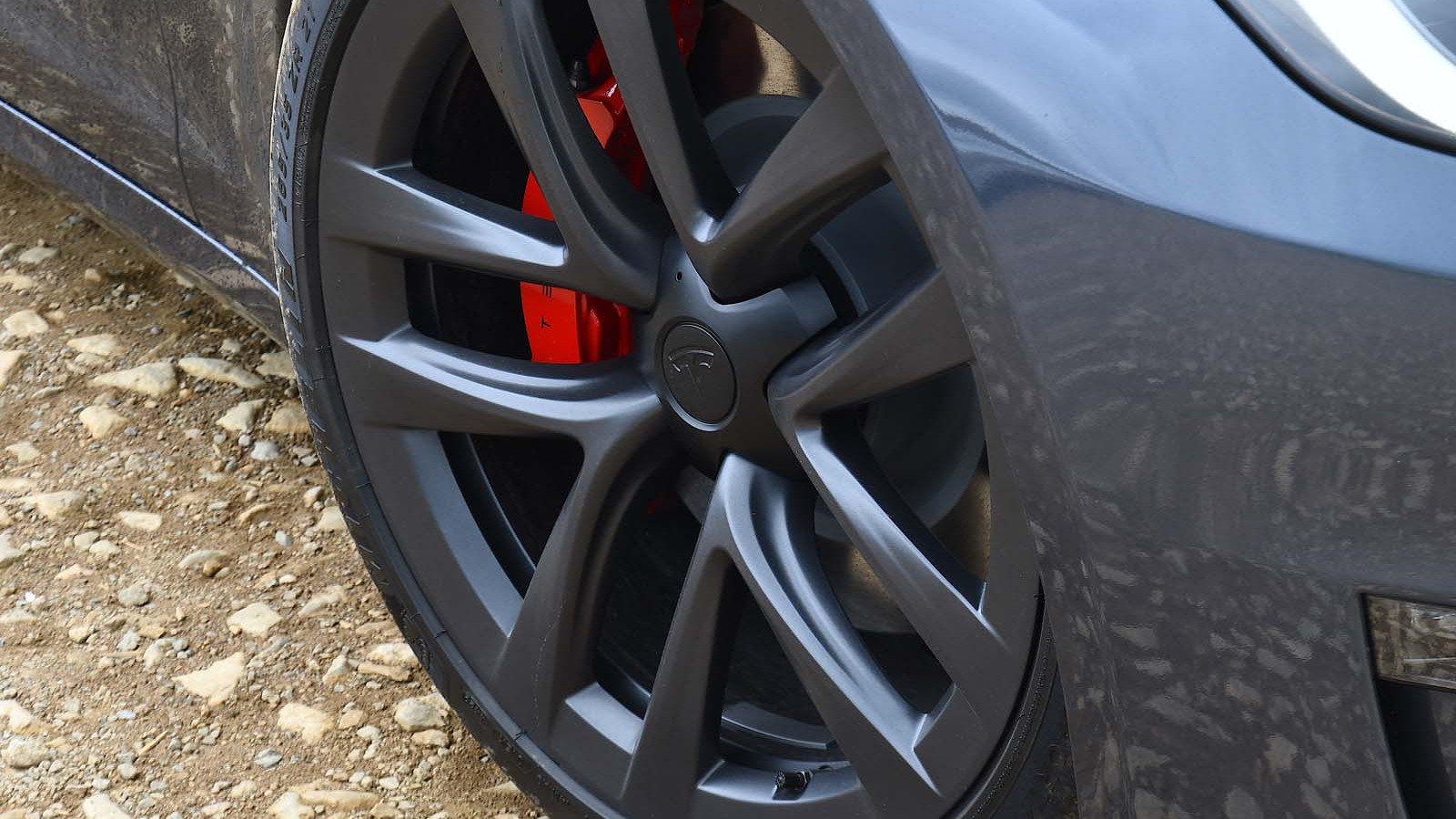 © Haymarket Media
© Haymarket Media -
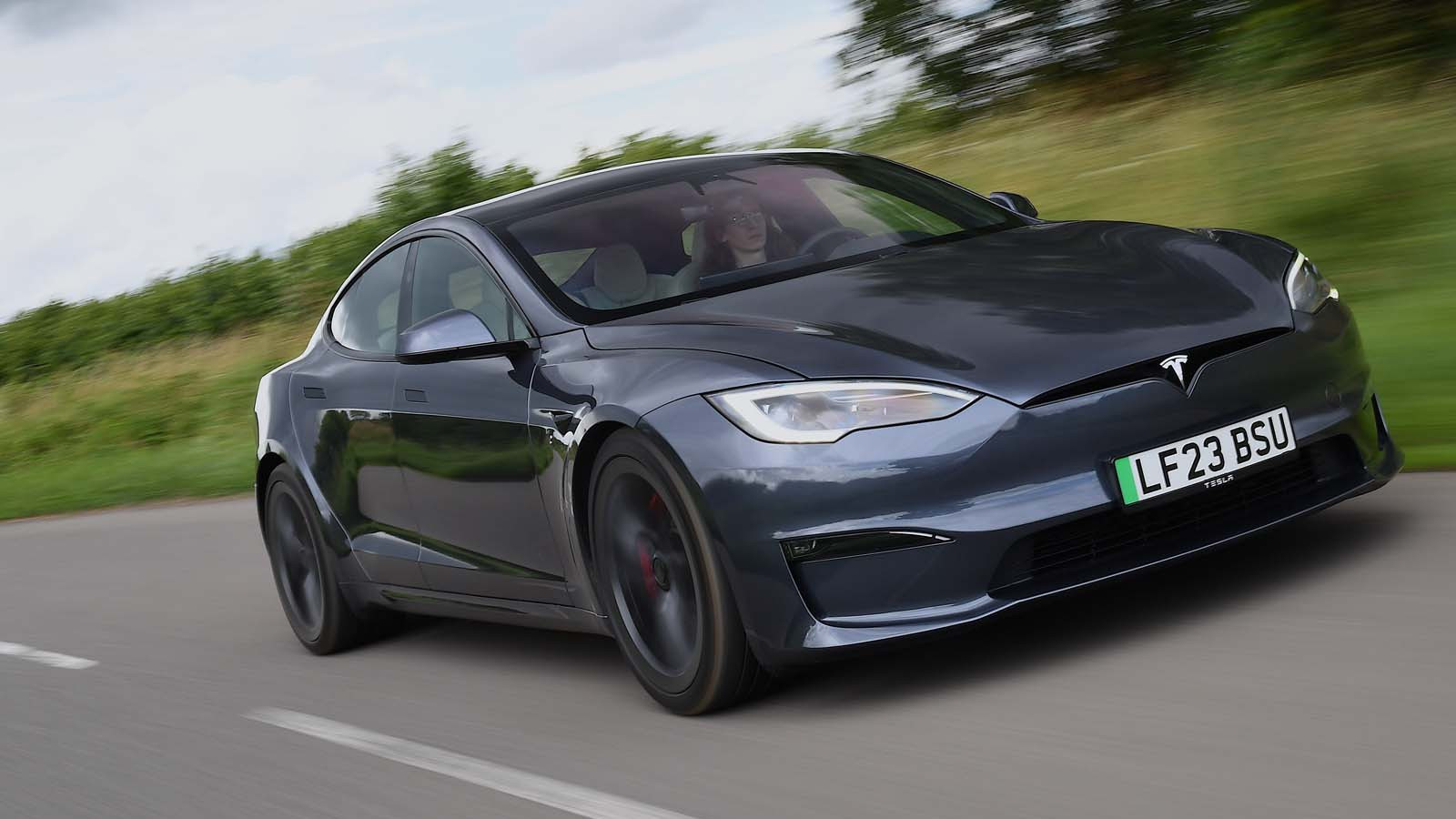 © Haymarket Media
© Haymarket Media -
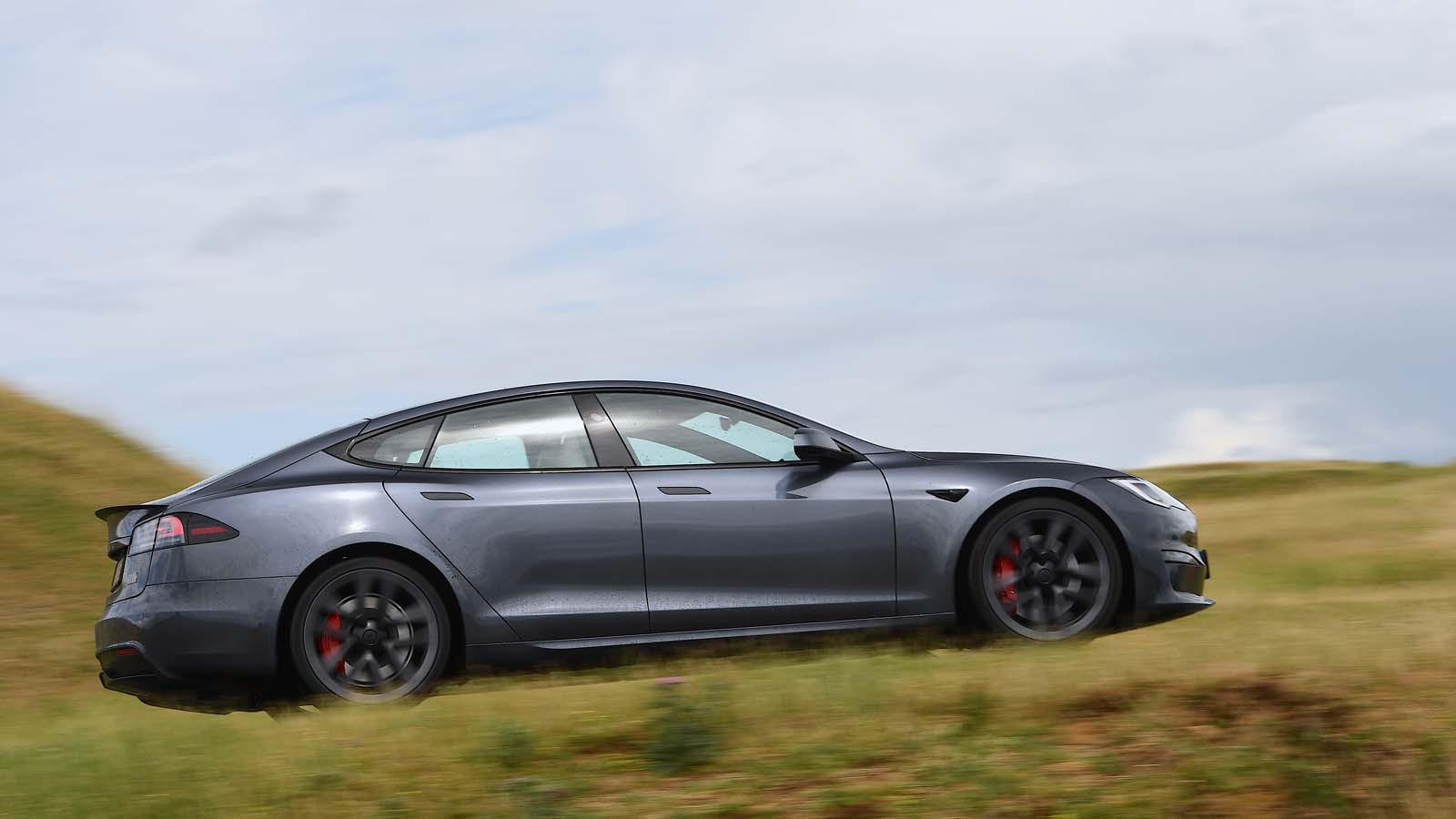 © Haymarket Media
© Haymarket Media -
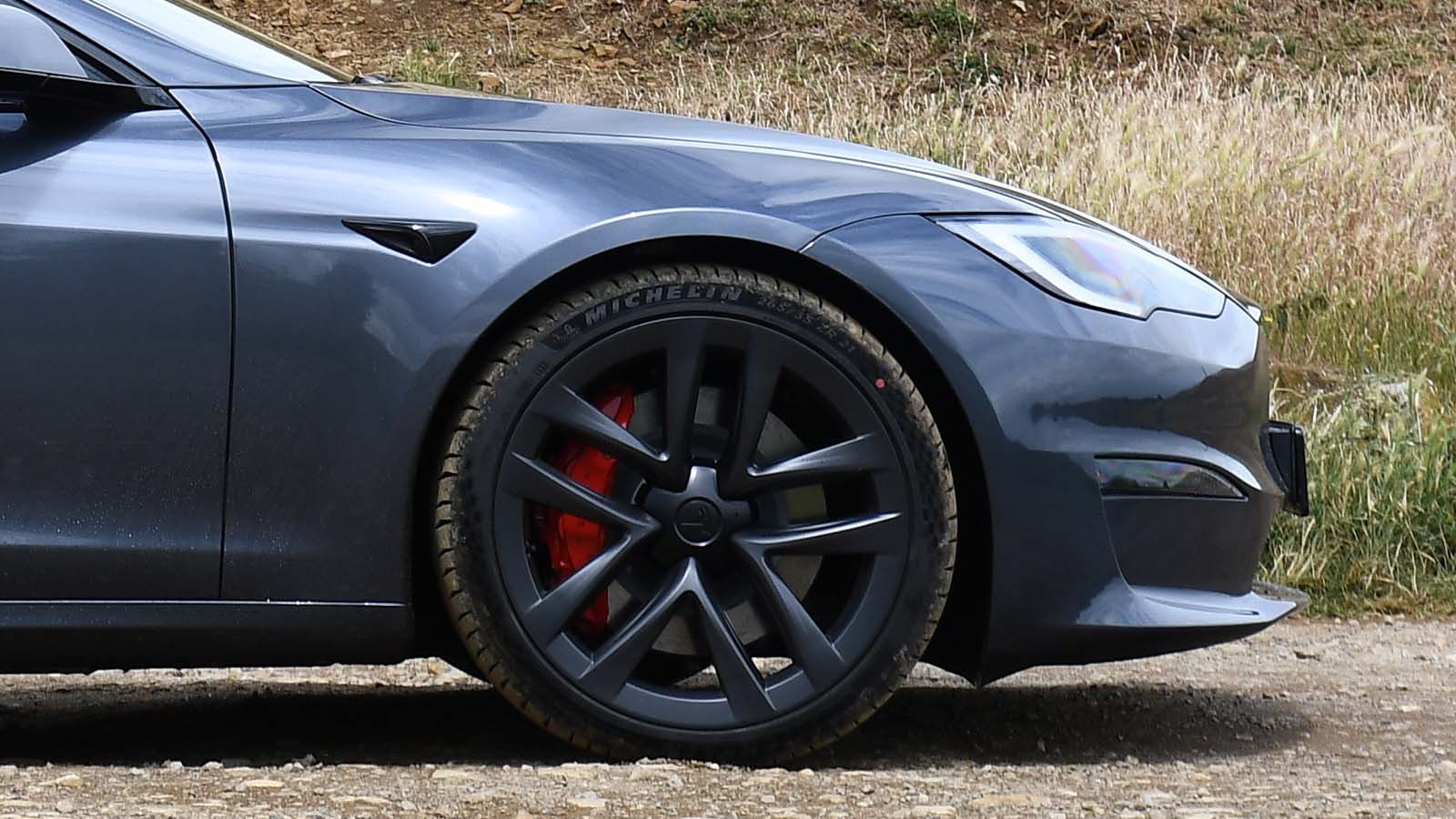 © Haymarket Media
© Haymarket Media -
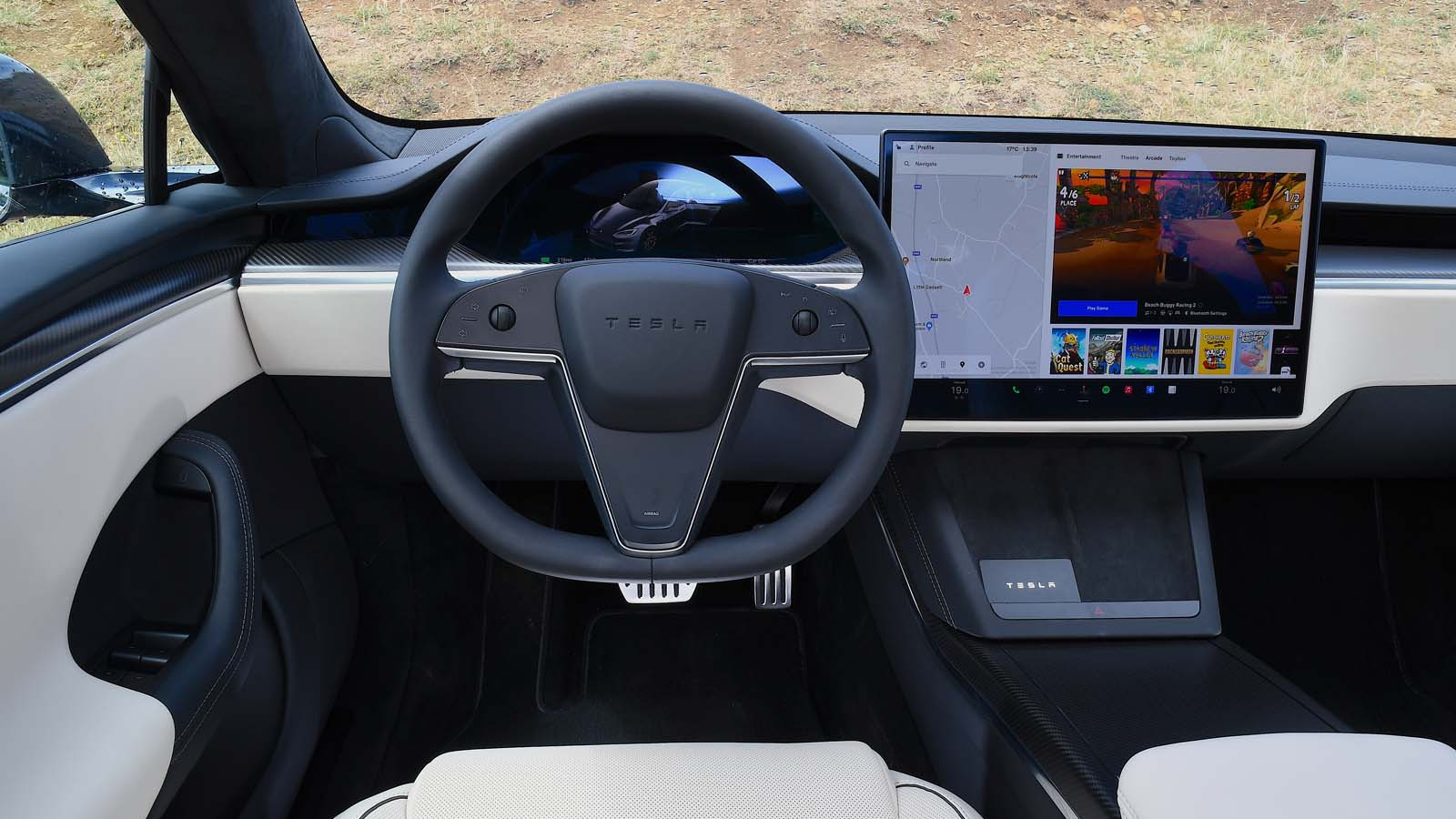 © Haymarket Media
© Haymarket Media -
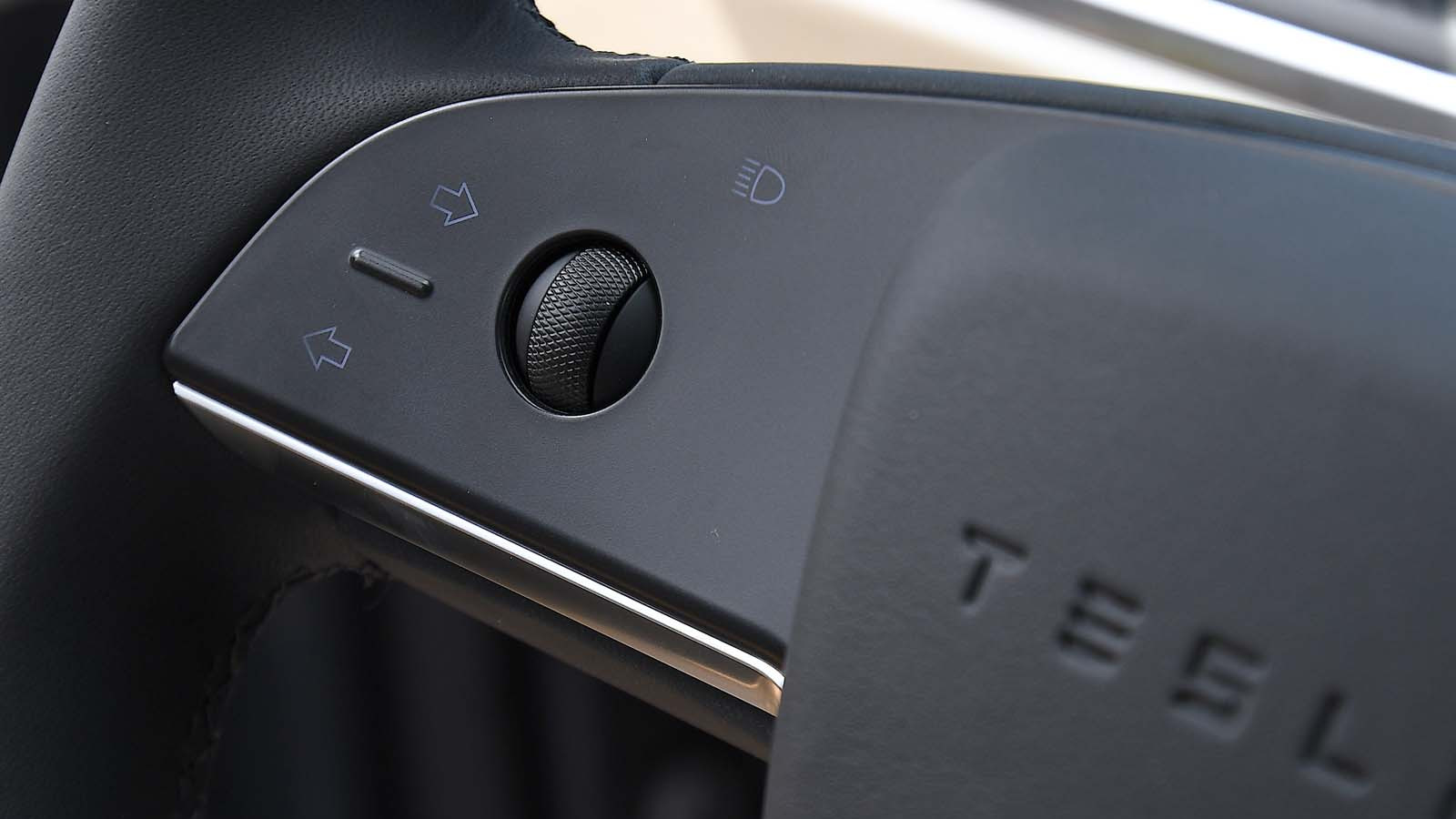 © Haymarket Media
© Haymarket Media -
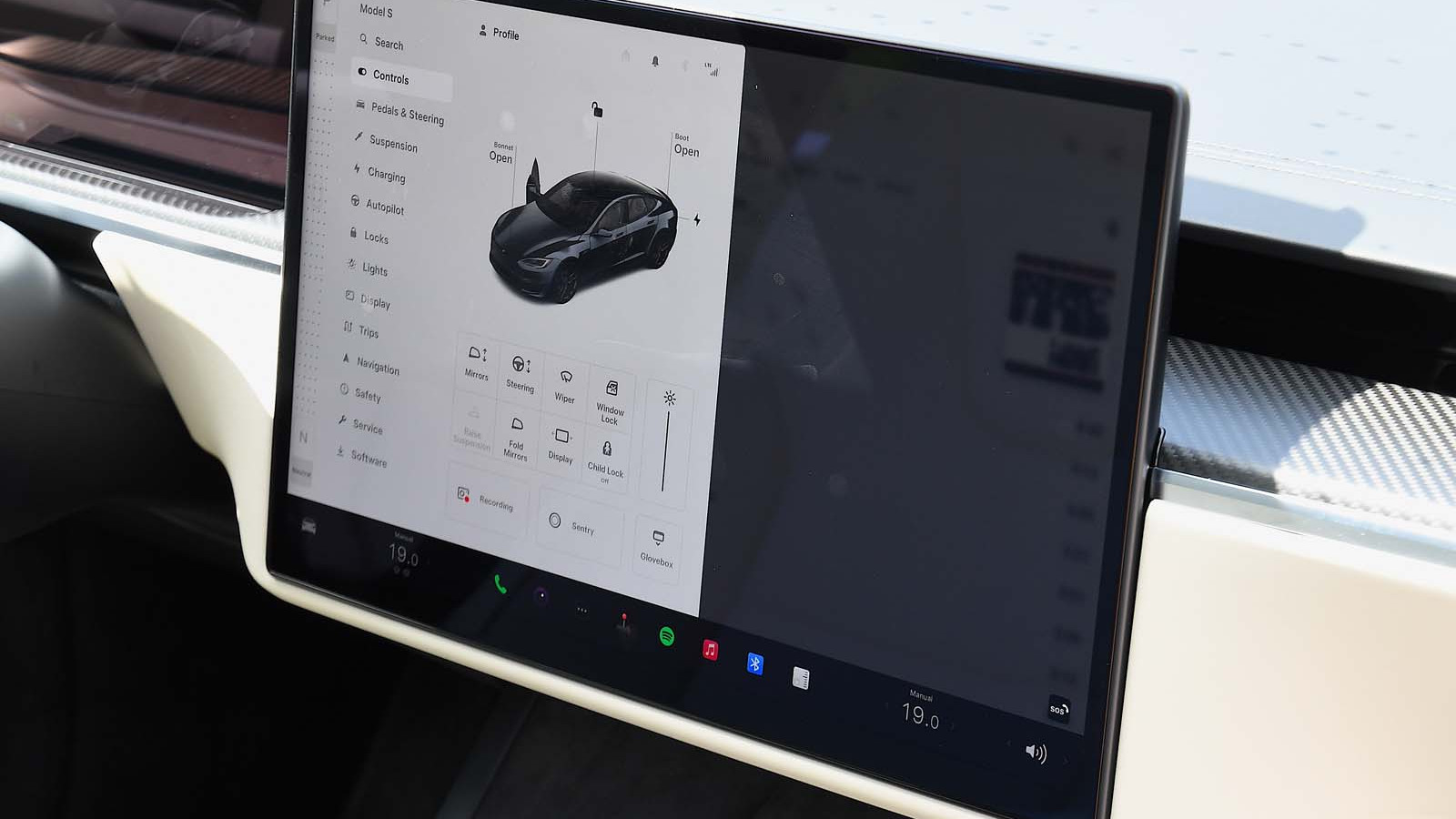 © Haymarket Media
© Haymarket Media -
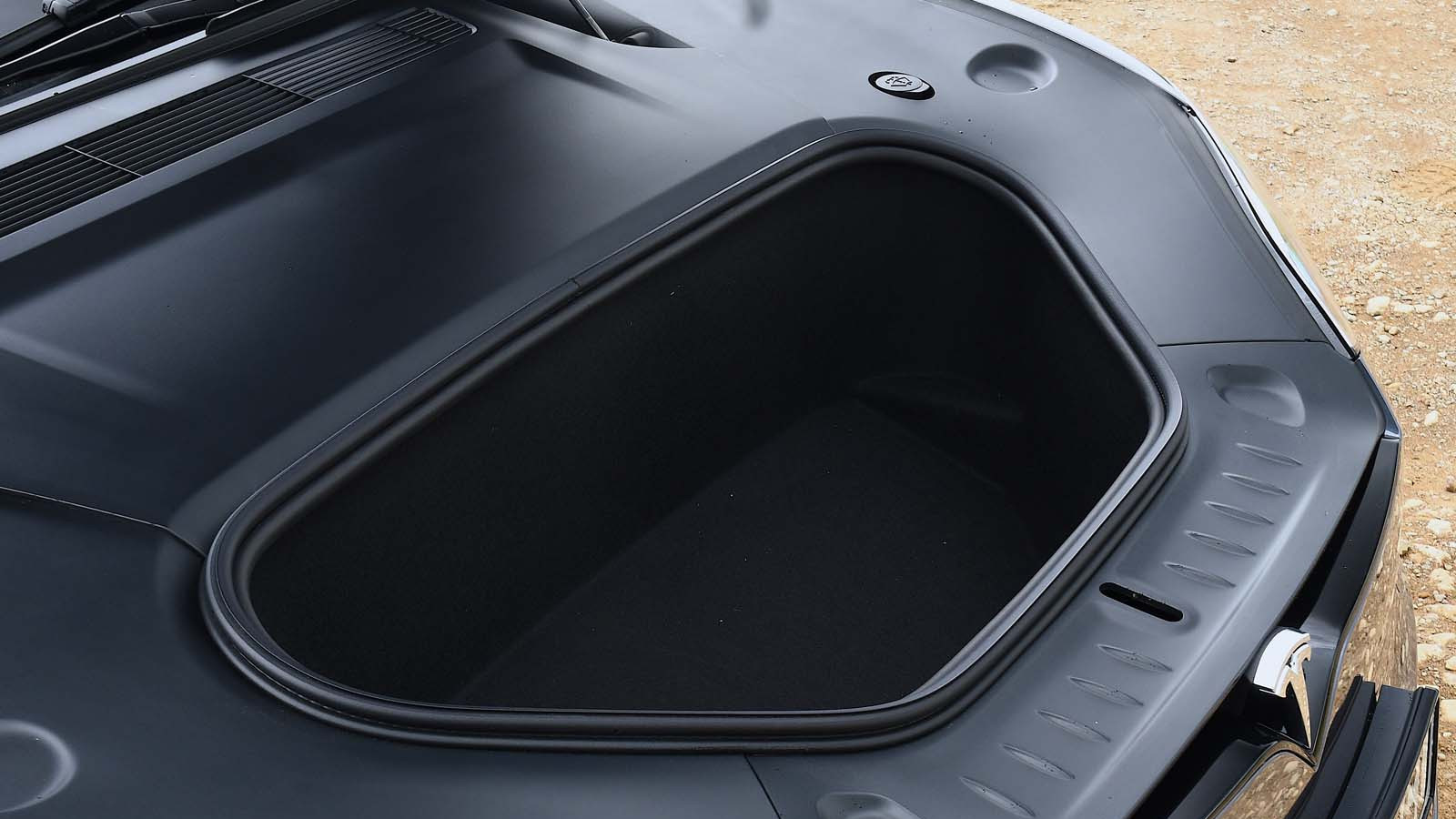 © Haymarket Media
© Haymarket Media -
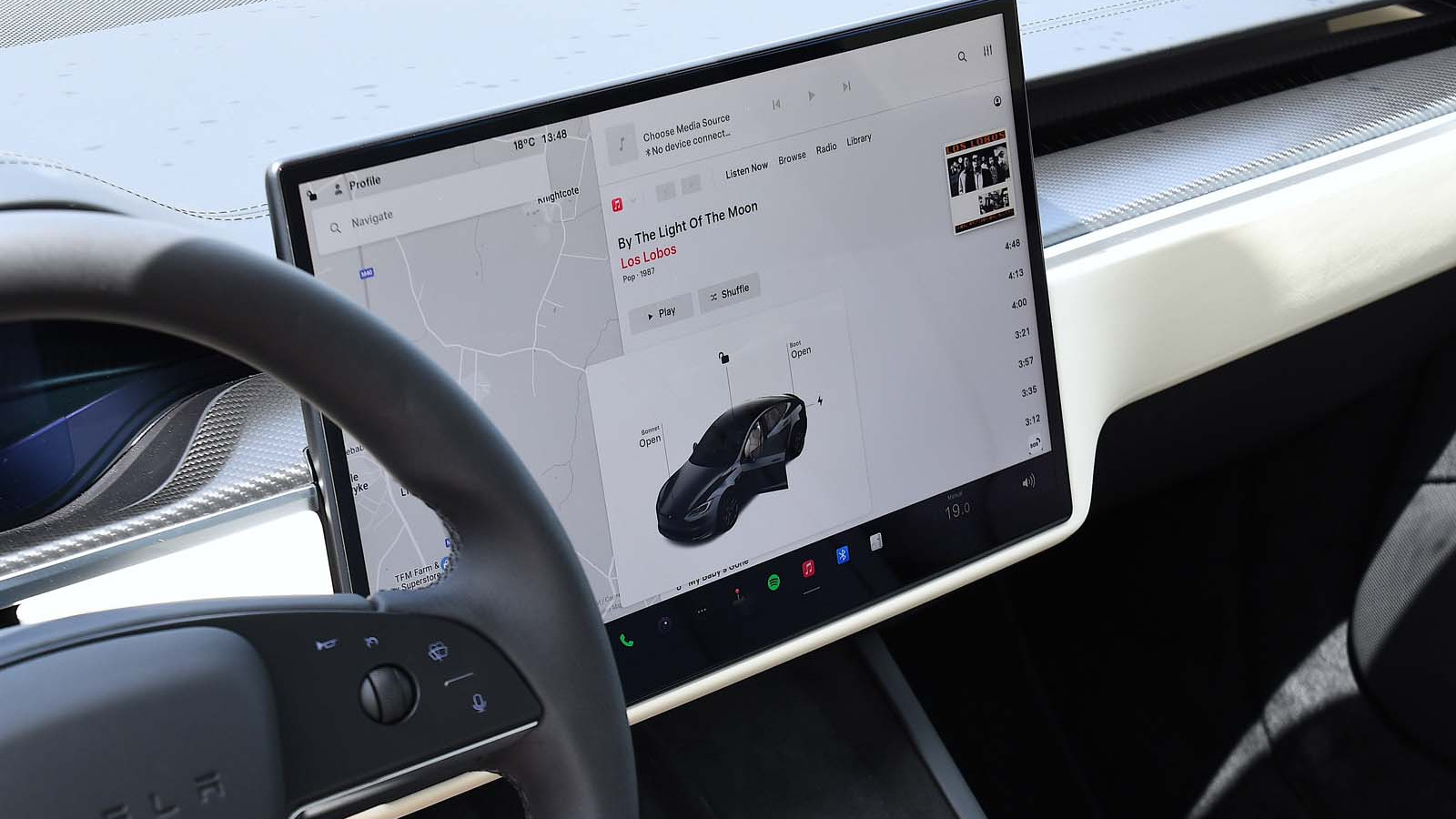 © Haymarket Media
© Haymarket Media -
 © Haymarket Media
© Haymarket Media -
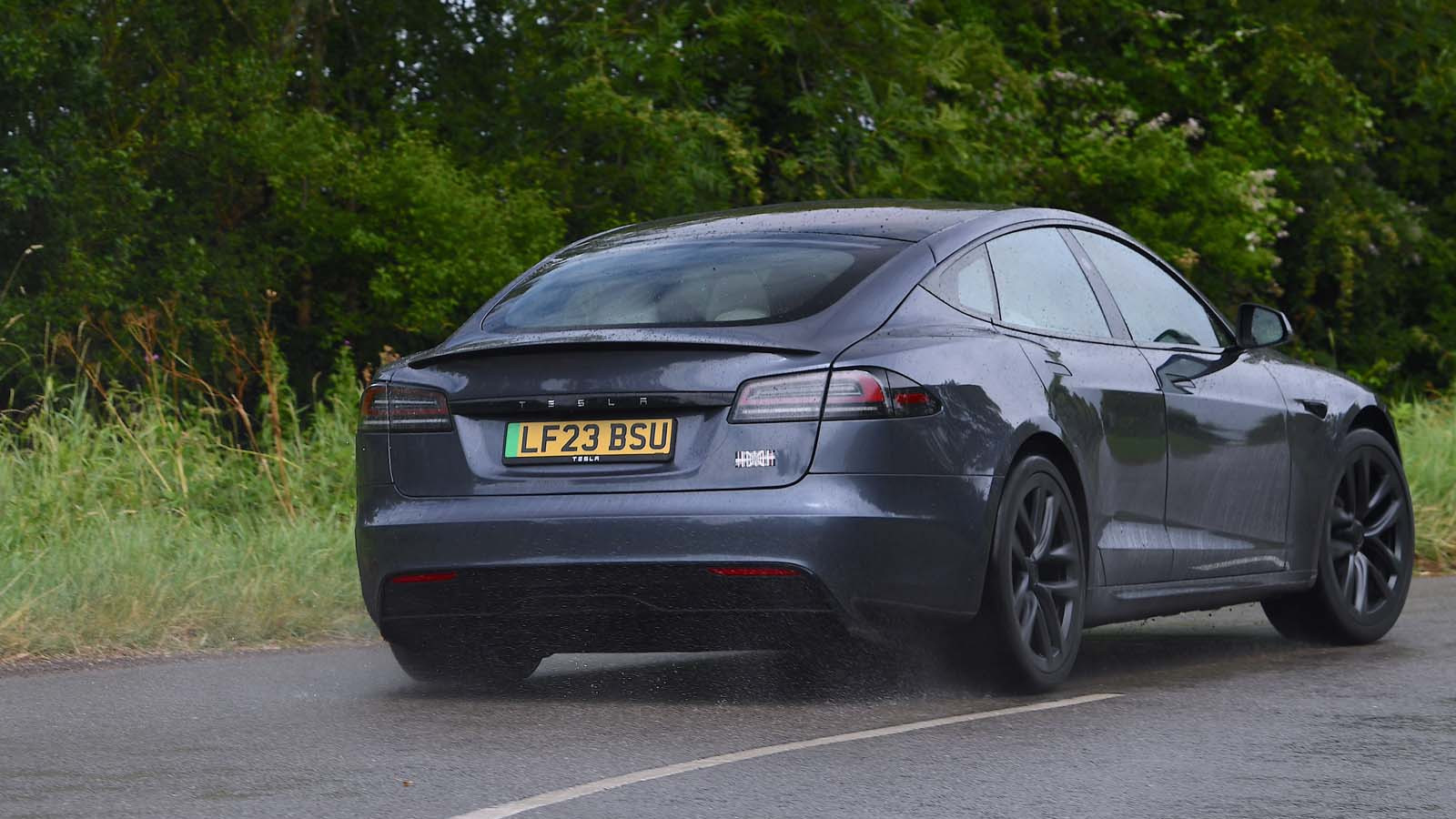 © Haymarket Media
© Haymarket Media -
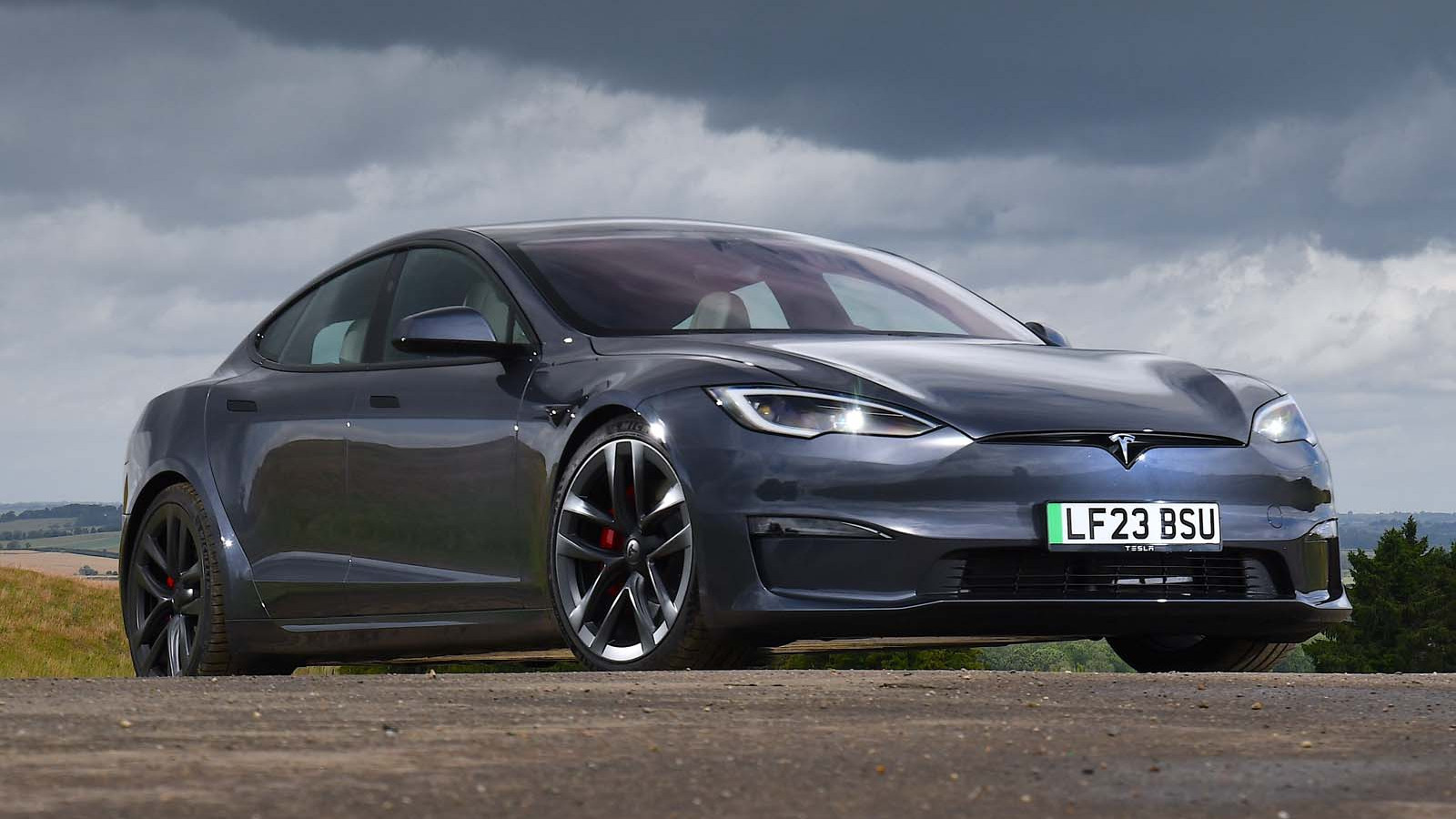 © Haymarket Media
© Haymarket Media
-
Since its launch in the UK in 2013, the Tesla Model S has always been viewed as a seriously capable EV thanks to its excellent range, efficiency and usability.
Now, ten years on since its arrival in the UK, the new Model S has arrived in 1020bhp Plaid form. So is this latest version still a capable all-round EV, or is it a fully-fledged super-saloon ready to do battle with the current crop of performance electric cars? Let's find out.
-
Tesla has revealed little about the technical updates it has rolled out in the new Model S.
But this hasn’t stopped some third party organisations from cutting into a Model S and diving deep into its chassis to learn what's new – and while the car retains its original shape, under the skin it has changed significantly.
-
The battery is now said to have a 100kWh capacity (97kWh usable) despite using the came cylindrical nickel-cobalt-manganese battery cells as the previous car, however, the way the pack is constructed and cooled has changed.
-
On the surface, the updates are more clear-cut, with the Model S gaining new aggressively-styled bumpers, wheels and blacked-out trim. The Plaid gets red brake-callipers, lip spoiler and a special badge.
-
The line-up has been simplified too: you can have the Model S in dual-motor all-wheel drive form, or like our test car, the tri-motor Plaid.
The Plaid’s front motor develops 421bhp, while each of the rear motors produce 414bhp. Torque is said to be around the 1000lb ft mark, although Tesla doesn’t actually give a figure for this.
-
This translates to a superfast 0-60mph time of just 2.7sec, when the car is in its hot Plaid mode. Put the Model S in Drag Strip mode, however, and 0.3sec are shaved off the 0-60mph time for a mere 2.4sec jaunt. That’s the same as the obscenely fast, W16-powered, Bugatti Chiron Super Sport.
Drag Strip mode pre-conditions the battery so that it is at its optimal temperature for rapid 0-60mph jaunts and lowers the car in its Cheetah Stance, which drops the height of front end further that the rear to reduce front end lift when the car fires itself forward.
-
The Model S Plaid has such searing performance that it could give even the fastest electric cars like the Rimac Nevera or Lotus Evija a run for their money.
But is that 1020bhp actually usable, and enjoyable, on the road?
-
To a degree, the Plaid can be exploited in such a way that is rewarding, with full throttle enjoyable in short bursts on the road. And by short, we really mean it, because as the 0-60mph figures suggest, you only have to nudge the throttle to get up to speed.
And because the torque is so instantaneous and forceful, you can only take a few sprints before needing to execute some restraint.
-
Chill mode helps to lessen the Plaid's tempo, with the whip crack feel of the throttle pedal reduced for a more relaxed driving experience.
The regenerative brakes do a good job of reigning the Model S in when you lift off the accelerator, with the one-pedal function working well for normal driving.
-
Point the Model S down a twisty B-road and it fails to deliver the same level of accuracy, precision and all-out fun that is conjured by the mighty Porsche Taycan.
For starters, the Plaid can only be had in left-hand-drive in the UK, and because it’s both wide and long, you can feel reluctant to press on down a road.
After a few days you do get used to the sensation of driving on the wrong side, but it does make pulling out of junctions more awkward.
-
On wider roads with better sight lines, the Model S still lacks the confidence-inspiring drive of the Taycan due to its relatively numb steering feel.
Turn into a corner and initially the steering feels like it has a nice weight to it, with the fast rack responding well. But strangely, the more you ask of the steering, the less communication it feeds back.
This is because it maintains the same weight irrespective of what the front end is doing, which means if you get on the power too early, you just get understeer.
-
Air suspension is fitted as standard on the Model S, which doesn’t quite offer the same all-round comfort as the Taycan. Over consistent road imperfections the Plaid feels unsettled and lumpy, but considering it is biassed towards performance over luxury, it can be forgiven somewhat.
Even with the larger 21in wheels, there is a good level of comfort on motorways and smoother roads, and it deals with bumps in a more forgiving way than the Model 3.
And while wind noise was kept well at bay, the Tesla didn’t do a particularly good job at isolating road noise. On the motorway, it was particularly noticeable.
-
Move inside and the Model S evokes the minimalist design language that has become synonymous with the American brand. However, the S has received a major overhaul to bring it right up to date with the rest of the firm's line-up, and overall, it's taken a positive step forward compared to the old model.
The materials used inside feel better than those in Tesla’s of old. Softer materials are used in all the right places, although its worth noting that the plasticky leatherette upholstery on the seats is some way off matching the refinement and upmarket feel of the Audi e-tron GT and Porsche Taycan.
-
Tesla has gone even further in its pursuit of offering the most trimmed back interior as possible, which means physical buttons are almost non-existent.
They have even taken away the gear selector and indicator stalks from behind the wheel. Instead of selecting a gear yourself, the car will guess your intended direction and ask you to confirm it by tapping the brake pedal – there is a slider on the screen, however, which acts as a back-up.
With the stalks behind the steering wheel gone, the wipers and indicators are now controlled using haptic buttons on the wheel. While you get used to the indicators after driving the Model S for a few hours, a stalk still does the job better.
-
We can’t fault the 17.0in central screen, however. It’s excellent and arguably one of the best to use.
it responds instantly to inputs and is very intuitive. The Google-based satellite navigation is great and the graphics are sublime. And while Tesla chooses not to integrate Apple CarPlay and Android Auto, the system is so good you don’t feel like you’re missing out.
It’s still a little tricky to operate on the move, however, and there are several menus and sub-menus to it which can make a simple task, such as adjusting the steering wheel, more infuriating.
-
Inside it's pleasingly practical too, with plenty of room both front and back. There’s a good number of cubby holes and storage compartments and the two-wireless charging pads under the central screen are a handy addition.
The panoramic roof adds to the light and airy feel of the cabin and there is a good amount of space in the back for adults to get comfortable. The Plaid’s flat floor helps here, too.
And you also get the benefit of an extra luggage space under the bonnet, which nicely complements the vast rear boot.
-
Considering the Plaid is pitched as an electric super-saloon, you might assume that it would sacrifice its role as a mile-munching, ultra-efficient EV in order to offer more whipcrack acceleration. But this isn’t the case.
On a 40-mile journey around Bedfordshire the Plaid easily managed an excellent average efficiency of 3mpkWh, which is pretty good considering our route predominantly involved motorways and speeds of around 50-70mph.
When we charged the Model S overnight it returned a range of 340 miles, which is only 33 miles under the official WLTP figure of 373 miles.
-
While the Model S doesn’t charge as fast as its rivals with 800V electric architecture, there is the added benefit of Tesla’s Supercharger network. Plug into one of these and you can expect a 10-90% to take around 38 minutes.
-
The Model S Long Range starts from £93,480 in the UK, while the Plaid costs from £113,480. Although the Plaid’s price will likely be nearer to £120,000 once you’ve added any options.
Tesla hasn’t confirmed if a right-hand-drive Model S will make its way to the UK, and at present, you can only order the range-topping saloon from the Tesla inventory which means waiting for your preferred spec to become available.
-
Verdict
The Tesla Model S Plaid is a seriously impressive electric car. Not only is it mind-boggling quick, it is also pleasant to drive everyday thanks to its improved refinement and excellent infotainment screen.
But while the Plaid shines for its superb efficiency and range, the performance feels too one-dimensional and tailored more towards a drag strip than a race track. The uninspiring handling also means it doesn't quite hit the performance saloon brief.
Move Electric rating: four stars out of five
